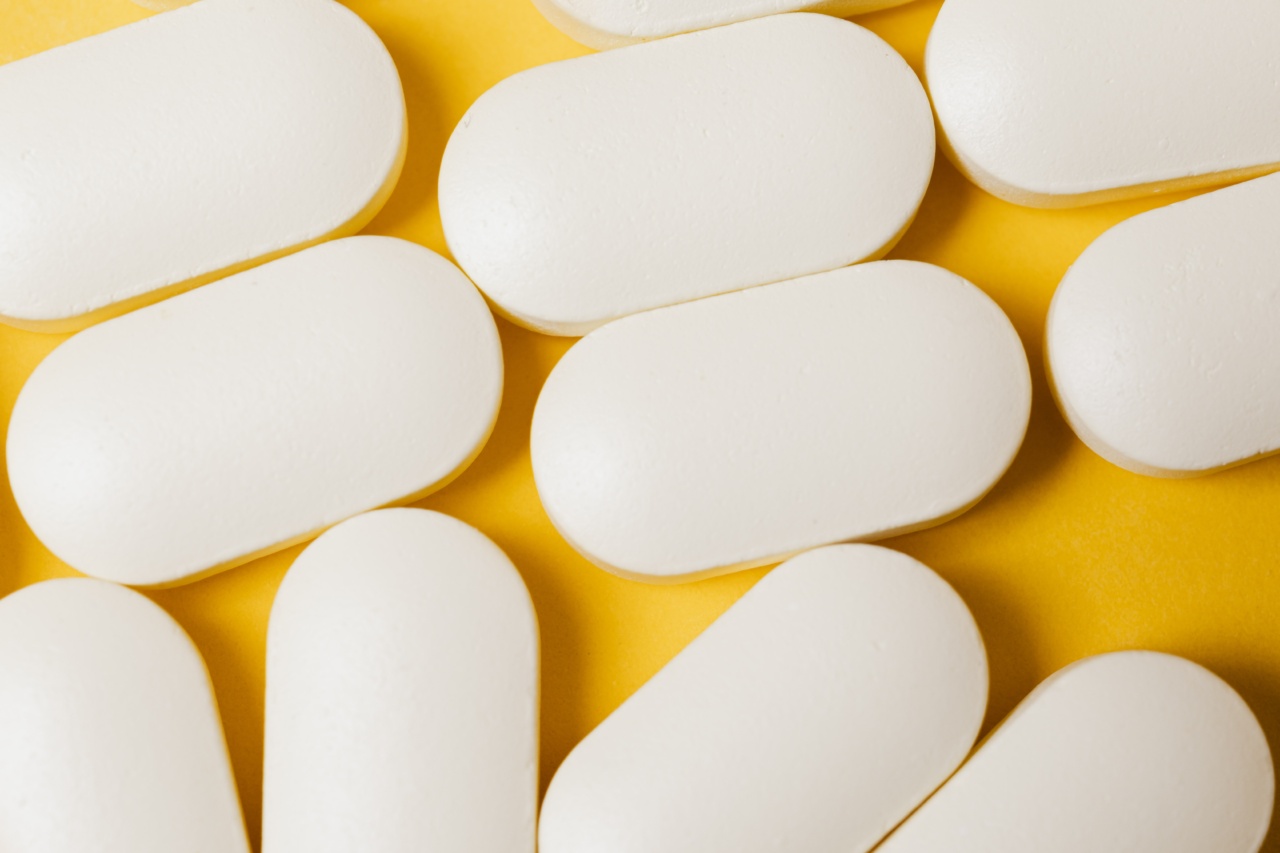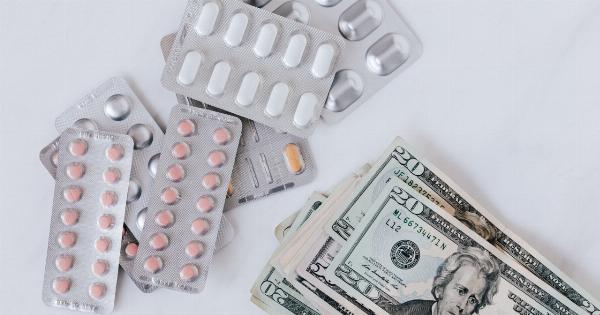Thrombosis is a serious medical condition that occurs when a blood clot forms inside a blood vessel, obstructing the blood flow through the circulatory system.
This condition can lead to severe complications such as pulmonary embolism, heart attack, or stroke. Research has shown that a miracle drug can help prevent thrombosis. This article will explore the preventive measures that can be taken to reduce the risk of thrombosis and the effectiveness of this miracle drug.
What is Thrombosis?
Thrombosis is a medical term used to describe the formation of a blood clot within a blood vessel. It is a condition that can occur both in the arteries and veins of the body. In many cases, thrombosis is a serious and life-threatening medical condition.
If a blood clot forms in the deep veins of the legs or pelvis, it can break off and travel to the lungs, leading to a pulmonary embolism. Similarly, if a blood clot occurs in the coronary arteries of the heart, it can lead to heart attack, while in the cerebral arteries of the brain, it can cause a stroke.
Risk Factors for Thrombosis
There are several factors that can increase an individual’s risk of developing thrombosis. Some of these risk factors include:.
- Age
- Obesity
- Smoking
- Pregnancy
- Family history of thrombosis
- Use of hormonal contraceptives
- Underlying medical conditions such as cancer and heart disease
Preventive Measures for Thrombosis
There are several measures that can be taken to reduce the risk of developing thrombosis. Some of these preventive measures include:.
- Regular exercise: Regular physical activity helps promote blood flow and prevents blood clots from forming.
- Healthy eating habits: Eating a healthy diet that is low in saturated and trans fats can help reduce the risk of developing thrombosis.
- Avoiding smoking: Smoking can increase the risk of thrombosis, and quitting smoking can help reduce this risk.
- Maintaining a healthy weight: Being overweight or obese can increase the risk of developing thrombosis, and losing weight can help reduce this risk.
- Taking preventative medications: Certain medications can be taken to help prevent thrombosis, such as anticoagulants, antiplatelets, and thrombolytics.
Apixaban: The Miracle Drug
Apixaban is a miracle drug that has been found to be highly effective in preventing thrombosis. It belongs to a class of medications called anticoagulants, which work by blocking the formation of blood clots.
Unlike other anticoagulants that require regular blood monitoring, apixaban does not require routine monitoring, making it a more convenient option for patients.
Apixaban has been approved by the US Food and Drug Administration (FDA) for the following indications:.
- Prevention of stroke and systemic embolism in patients with nonvalvular atrial fibrillation
- Treatment of deep vein thrombosis (DVT) and pulmonary embolism (PE)
- Prevention of recurrent DVT and PE
Effectiveness of Apixaban
The effectiveness of apixaban in preventing thrombosis has been studied in several large clinical trials.
In the ARISTOTLE trial, which involved over 18,000 patients with nonvalvular atrial fibrillation, apixaban was found to be superior to warfarin in preventing stroke and systemic embolism.
The AMPLIFY trial, which involved over 5,000 patients with DVT or PE, found that apixaban was as effective as standard therapy with enoxaparin and warfarin in preventing recurrent thrombosis.
In addition, patients treated with apixaban had a significantly lower risk of bleeding compared to those treated with enoxaparin and warfarin.
Side Effects of Apixaban
Like all medications, apixaban can cause side effects. Some of the common side effects of apixaban include:.
- Bleeding
- Stomach pain
- Nausea
- Muscle weakness
- Headache
If you experience any of these side effects or have any concerns about taking apixaban, it is important to speak with your healthcare professional.
Conclusion
Thrombosis is a serious medical condition that can lead to severe complications such as pulmonary embolism, heart attack, or stroke.
Preventive measures can be taken to reduce the risk of developing thrombosis, and apixaban has been found to be a highly effective drug in preventing this condition. If you are at risk of developing thrombosis or have been diagnosed with this condition, speak with your healthcare professional about the best preventive measures and treatment options for your situation.


























